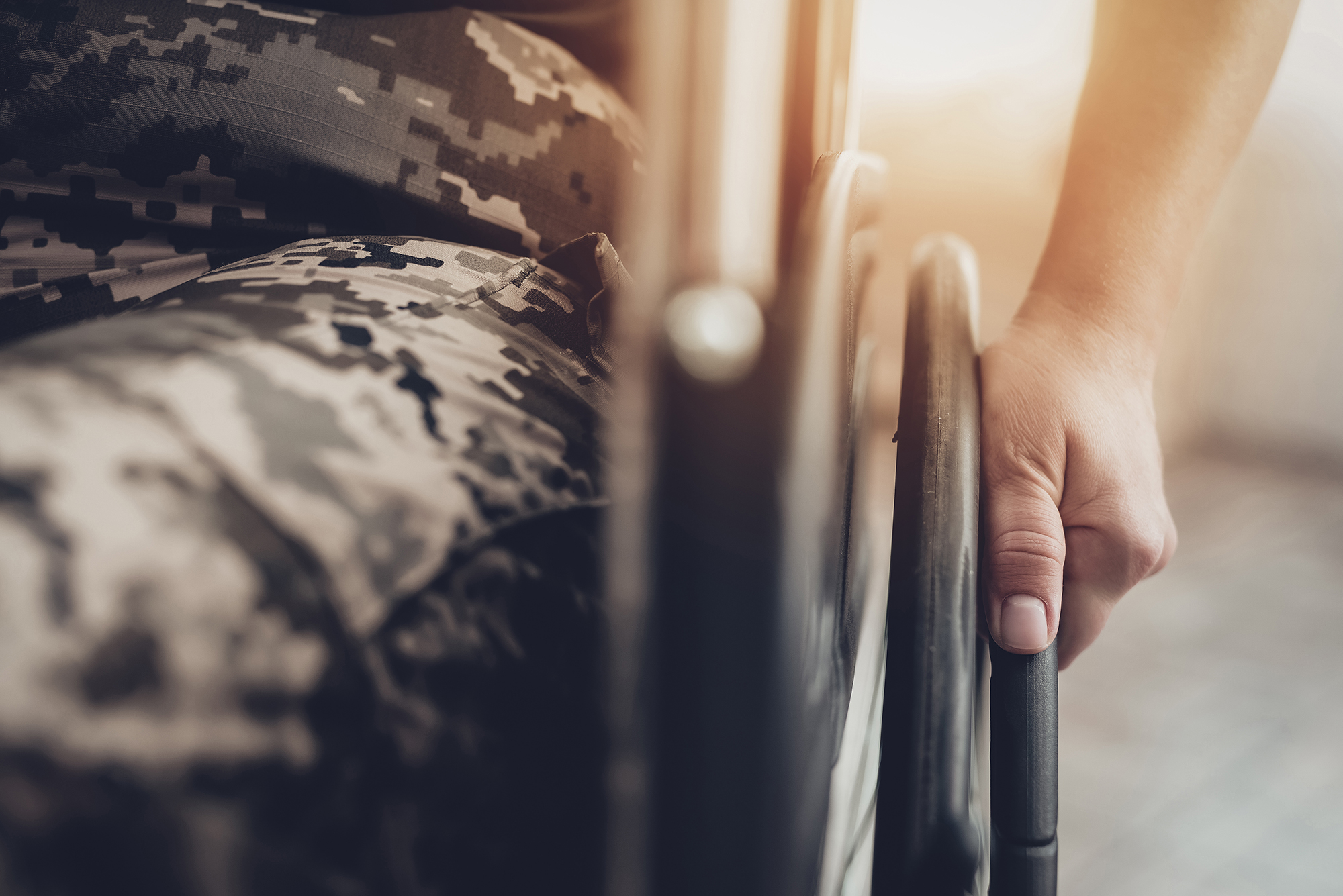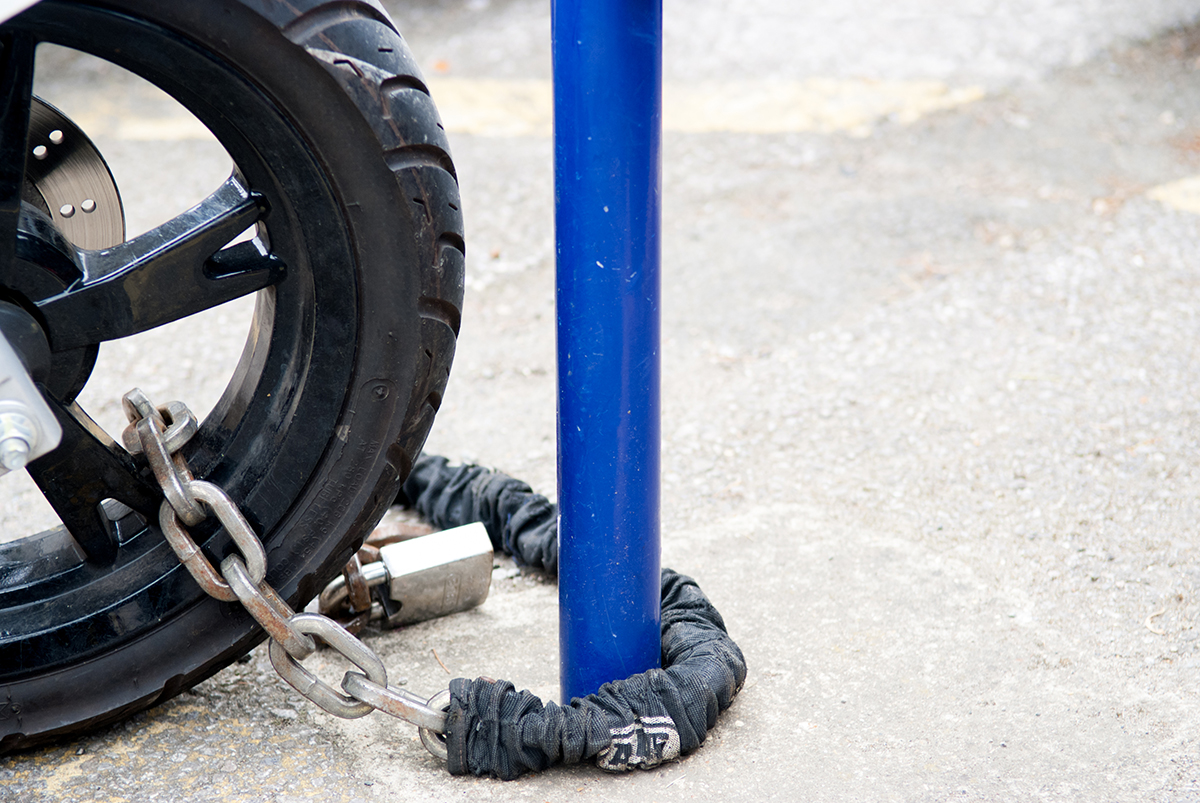Restore their independence & make their day-to-day life a breeze with these home accessibility upgrades
Many veterans face physical challenges that make home life more difficult. For some, even simple tasks like getting through doorways, using the bathroom, or reaching high shelves can be a struggle.
Instead of a home, it can often feel more like an obstacle course. But that’s where home modifications come in.
By adapting your home to your loved one’s needs, you can create a safer, more accessible, and more comfortable environment for them to live in.
Ramps
Steps can be a big hurdle for someone with limited mobility. Installing ramps at entry points will make getting in and out of the house much more manageable. You can also improve accessibility by replacing any steps inside the home with ramps (excluding staircases, of course).
Whether you make renovations or use portable ramps, these changes will give your loved one the independence to move about the house freely. Just be sure to install grab bars or rails wherever possible!
Doorways & Hallways
If your loved one uses mobility equipment like a wheelchair or walker, widening doorways and hallways is one of the best ways to free up their movement through the home. When every doorway is a tight squeeze, this modification can make a world of difference.
Also, if your veteran struggles with wrist mobility or arthritis, another helpful change you can make is to replace any twistable doorknobs with press lever handles.
Bathrooms
For those without mobility issues, a quick trip to the bathroom usually doesn’t take a second thought. But for veterans with disabilities, it can be much trickier.
The following modifications will make your bathrooms much more accessible and easier to navigate:
- Install grab bars near the toilet and in the shower.
- Place non-slip mats in the shower. If the bathroom floor tends to get slippery, consider adding them in front of the sink and toilet as well.
- If your loved one uses a wheelchair, convert your shower to a roll-in shower (or tub to a walk-in tub).
The Kitchen
Preparing meals, cooking, grabbing spices and other items from shelves—these everyday activities are all much easier said than done for veterans with limited mobility.
To restore their control over the kitchen, consider lowering the countertops for wheelchair users, creating open spaces under the sink for easy access, and installing pull-out shelves, rotating shelves, and other easy-to-reach storage options. The less they need to strain or ask for help, the more at ease and independent they’ll be.
Flooring
Flooring can make or break your loved one’s ability to move around the home.
First things first, you’ll want to remove any rugs or floor coverings that can bunch up and become a tripping hazard.
For wheelchair, walker, or cane users, homes with a lot of carpet can be a big challenge, so opting for something smooth and slip-resistant—like hardwood or linoleum—can be a massive improvement.
And if you still want certain areas of your home carpeted, low-pile carpet (anywhere from 0-0.3 inches tall) is an excellent compromise that’s much less of a hassle to move around on.
Stairs
Climbing stairs can be risky for some and impossible for others. Depending on your loved one’s condition, you may need to install a stairlift to help them travel up and down safely.
If they’re able to climb the stairs themselves, you can install non-slip stair treads to prevent falls and stair lights for maximum visibility at night.
If they’re open to it, you can also help them move their sleeping arrangements downstairs to avoid the risk altogether. This is a great temporary fix if they’re going through recovery or waiting for a stairlift to be installed.
See if You Apply for VA Housing Grants
While reading the above home modifications for disabled veterans, you may have thought to yourself: This sounds really expensive.
Although some of the changes we mentioned are relatively affordable, others require a lot of time, money, and renovation.
Luckily, the US Department of Veterans Affairs (VA) offers housing modification grants to veterans with qualifying service-connected disabilities—called Specially Adapted Housing, or SAH grants.
According to their official website, if you qualify, you can use the money to “buy, build, or change your permanent home (a home you plan to live in for a long time).”
To learn more, find out if you qualify, and apply, the VA has a webpage with all the information you need to get started. Click here to check it out.
Home modifications for disabled veterans are about more than just removing the friction from daily activities at home. It’s about giving them the freedom of movement they deserve, and empowering them with self-reliance.





